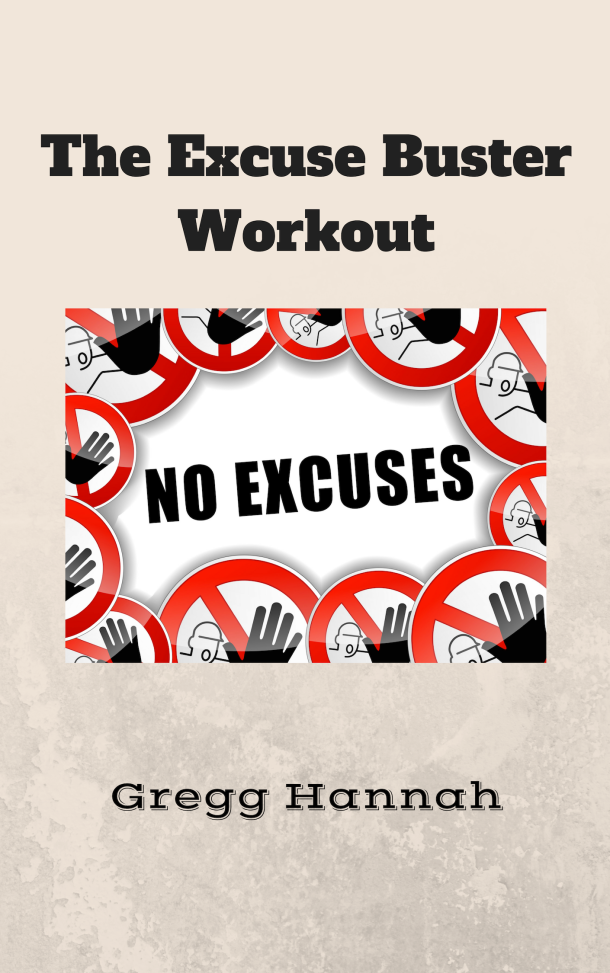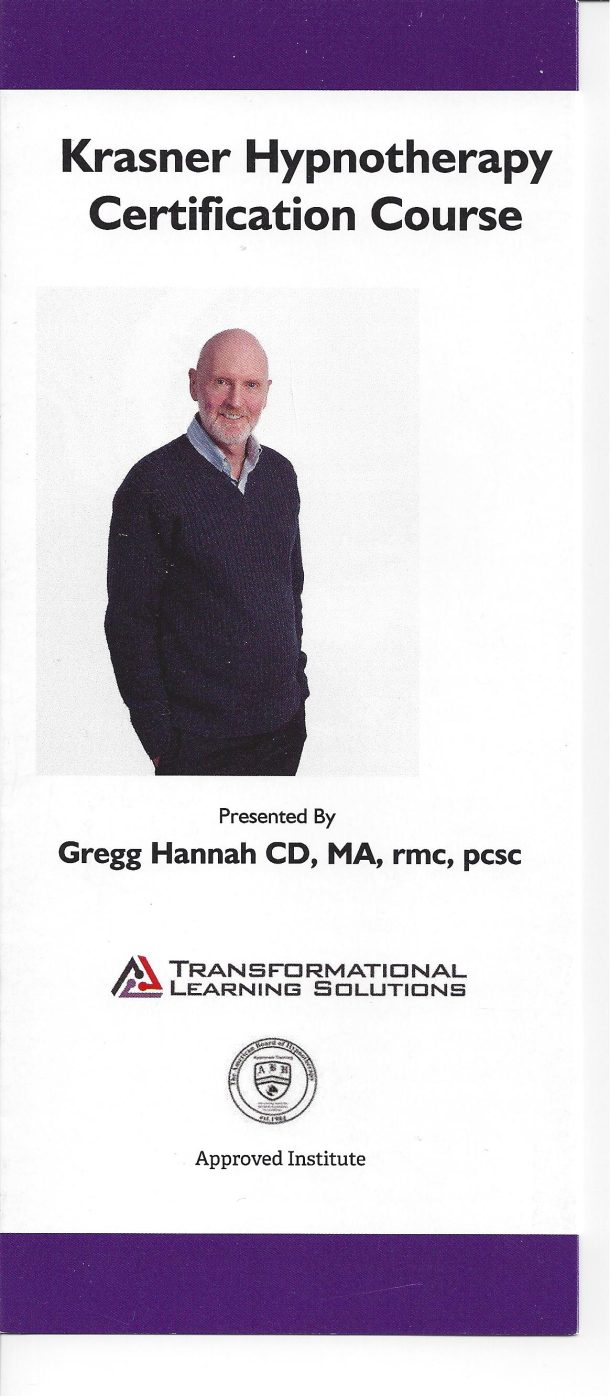
3 Big blunders most people make with their New Year's Resolutions or setting any goal – Part 4
The Cloudy Crystal Ball Blunder
Part 3 three discussed how the RAS works and how it can either help or hinder us in achieving our resolutions. This showed that it was far better to have one resolution to focus on rather than having a “laundry list” of New Year’s Resolutions.
The second Big Blunder that people make with the New Year’s resolutions is that they are far too vague. The top 10 most common resolutions are:
- Exercise more
- Lose weight
- Get organized
- Learn a new skill or hobby
- Live life to the fullest
- Save more money / spend less money
- Quit smoking
- Spend more time with family and friends
- Travel more
- Read more
They are all pretty vague aren’t they! Take number 4 on the list for example – learn a new skill or hobby. Exactly what does that mean? Are a skill and hobby the same thing or are they different. How about the last one – Read more. Read more of what – books, newspapers, tweets, cereal boxes?
Let’s look at an example. Suppose you want some new clothes and go into a clothing store. The salesclerk asks if they can help you. You answer yes – I want to buy some clothes. The clerk is likely to roll their eyes at you – what do you want? Pants sweaters, shirts, underwear, socks, shoes? The clerk isn’t going to be able to help you much if you are this vague. You may walk out of the store without buying anything or you may actually purchase something. But is it what you actually needed or wanted?
Vague resolutions are like this and your RAS is like the salesclerk. It will try and help you to the best of what it thinks you want. So, unless you are more specific in your resolution how can you expect your RAS, which attempts to match specific patterns to help you achieve your goal, really be able to help you? The upshot of it is that it won’t.
Now there are certainly times when you actually just want to browse around and see what is out there and you might end up buying something. (Impulse buying is a big problem for a lot of people and how to get a grip on it will be the topic of another blog.) However, if you are actually serious about getting new clothing, it is far better to walk into store and say to the clerk I am looking for sweaters, my size is medium, and I would prefer them to be made out of wool and my favorite colours are blue and brown. Now you have programmed the salesclerk to look for things on your behalf. The clerk will take you to exactly the right section and show you what you want to look at. And if they don’t have exactly what you are looking for the clerk has enough information to show you alternatives that might fit your needs.
This is exactly what you want to do with your resolutions for your RAS.
Solution
There is nothing wrong with any of the resolutions on the above list if you use them as a starting point and not the end product. However, if you want results you need to make your resolutions clear, precise and specific. The best way to do this is to use the S.M.A.R.T. goal planning process to make your goals clear and precise.
The acronym S.M.A.R.T stands for Specific, Measureable, Achievable, Realistic, Timed.
Let’s take the second one on the list above – Lose Weight. Obviously, on reflection it is way too vague to be of any value. Let’s use the S.M.A.R.T. process to craft a better resolution
In addition to this being way too vague, it is a terrible way to phrase it as it is programming your unconscious mind in way you don’t want. Hint – if you lose your car keys what do you want to do? You want to find them of course. So, if you tell your unconscious mind you want to “lose” weight, then, when you do lose it, you are also telling your unconscious mind you want to “find” it again. Is that what you really want to do? No wonder so many people find themselves on the diet roller coaster. What other ways can you express your desire to change your weight that doesn’t programme your unconscious mind to do something you really don’t want?
Specific
The more specific the better. How much weight, 10lbs, 100 lbs?
Measureable
The amount of weight change you are looking for is certainly measurable. All you have to do is jump on the scale.
Achievable
If you said that you wanted to drop 100lbs by the end of the week it might not be either achievable or realistic. If, on the other hand, you said you were going to drop 2 lbs a month that might be completely realistic and achievable
Realistic
Is it realistic to expect that you can do what you say you want to do? For example dropping 2 lbs this month may be achievable but not realistic if you are going to try and do it in the Christmas season when you know you are going to a lot of parties! Or it may be achievable to drop a certain amount of weight but not realistic because of other health issues. Make sure you are not putting in excuses for not doing something here!
Timed
A goal without a deadline is useless. You can always keep putting it off. Putting a time line to your goals makes you accountable for achieving them. It also gives you a sense of purpose and an end point to aim for. And when you achieve them, it gives you a sense of accomplishment.
What date do you want to reach your new weight? Be specific. Saying: “I will be at my new weight by the end of the year is still too vague.” Saying: “I will be at my new weight on 25th December, 2023,” is much better. Your timeline also needs to be achievable, realistic and measurable.
The Final Product
You written goal may now look something like this.
I will drop my weight 2 lbs a month, for a total of 24 lbs, to be at my desired weight on 31 Dec 2016.
Part 5 will reveal Big Blunder #3









0 Comments